Insights from our experience supporting leading GTM orgs
A connected tech stack is the backbone of every high-performing go-to-market (GTM) motion. Too often, companies chase the latest "cool" tools without a clear strategy, leading to disjointed systems, inefficiencies, and missed revenue opportunities.
In our recent webinar with Momentum.io, we explored what an effective GTM architecture really looks like and how RevOps leaders can rebuild their tech stack for scale, visibility, and efficiency.
Why your tech stack might be holding you back
When data lives in silos and workflows are stitched together manually, your GTM engine loses power.
Without a unified architecture connecting CRM, sales engagement, marketing automation, and analytics, teams face:
- Fragmented customer experiences
- Slower sales velocity
- Inefficient handoffs between GTM functions
- Limited visibility into pipeline and revenue drivers
These challenges show up in daily operations:
- AEs and BDRs working from different account lists because systems do not sync
- Marketing and Sales chasing the same leads due to duplicate or lagging data
- Reps spending hours reconciling reports instead of selling
- Leaders making decisions using outdated pipeline snapshots
The result is a reactive GTM motion that responds to issues instead of anticipating them.
The revlogic tech stack framework
A practical model for GTM and RevOps leaders
To solve these challenges, revlogic created a four-part framework that helps teams audit and rebuild their GTM stack for performance and scale.
- Mapping - Start by identifying every tool and integration used across teams. Document ownership, data flow, and utilization. Most companies discover overlap, underused features, or redundant point solutions during this step.
- Diagnosing Gaps - Pinpoint where integrations and data flows are breaking down. Evaluate how those gaps affect deal velocity, forecast accuracy, and productivity. Disconnected systems often lead to duplicate data, manual reporting, and missed engagement opportunities.
- Prioritizing for Impact - Focus on the fixes that will deliver the biggest revenue impact first. This might mean automating repetitive reporting, improving data visibility, or unifying account routing. Optimize for measurable business outcomes, not convenience.
- Aligning and Architecting the Final Motion - Design a unified GTM architecture that scales with your business. Connect your CRM, engagement tools, and analytics into a cohesive flow that everyone understands and trusts. This is where strategy meets execution.
Core architecture principles for unified RevOps
High-performing GTM teams operate on connected data and automated workflows.
At the foundation are four key principles:
- Centralized Data Model: Integrate CRM, engagement, marketing, and analytics tools into a shared data layer.
- Real-Time Sync: Keep every system up to date so dashboards and forecasts reflect what is actually happening.
- Unified Visibility: Give reps, managers, and leadership a shared view of pipeline health and performance.
- Automation-First Workflows: Use platforms like Momentum.io to eliminate manual handoffs and trigger actions automatically.
When your architecture is unified, GTM teams spend less time fixing data and more time generating revenue.
Selecting vendors that scale with you
Choosing the right tools is not about features. It is about alignment and longevity. Your vendors should extend your GTM motion, not constrain it.
Look for partners who:
- Support workflows across RevOps, SalesOps, and Marketing Ops
- Offer open APIs and robust integration ecosystems
- Adapt easily as your team and processes evolve
- Share a roadmap that aligns with your GTM strategy
- Prioritize partnership and innovation over feature parity
A vendor’s roadmap can either accelerate your GTM goals or create future limitations. The best partners evolve in lockstep with your strategy.
Future-proofing your stack
With new AI, automation, and engagement tools launching every quarter, your architecture needs to stay flexible and adaptive.
To future-proof your stack:
- Build on modular, open systems that scale easily
- Leverage AI for predictive insights and intelligent automation
- Reassess quarterly to evaluate vendor performance, user adoption, and integration health
A future-proof stack is a living ecosystem that evolves with your business.
Final takeaway
Building the best GTM tech stack is not about adding more tools. It is about creating a connected system that delivers:
- Seamless data flow
- Real-time visibility
- Predictable, repeatable revenue motion
When your systems work together, your team moves faster, sells smarter, and operates with precision.
Use this framework to assess your current stack, close the gaps, and design a revenue architecture built for scale in 2026 and beyond.




.svg)




.svg)











.svg)
.svg)
.svg)
.svg)